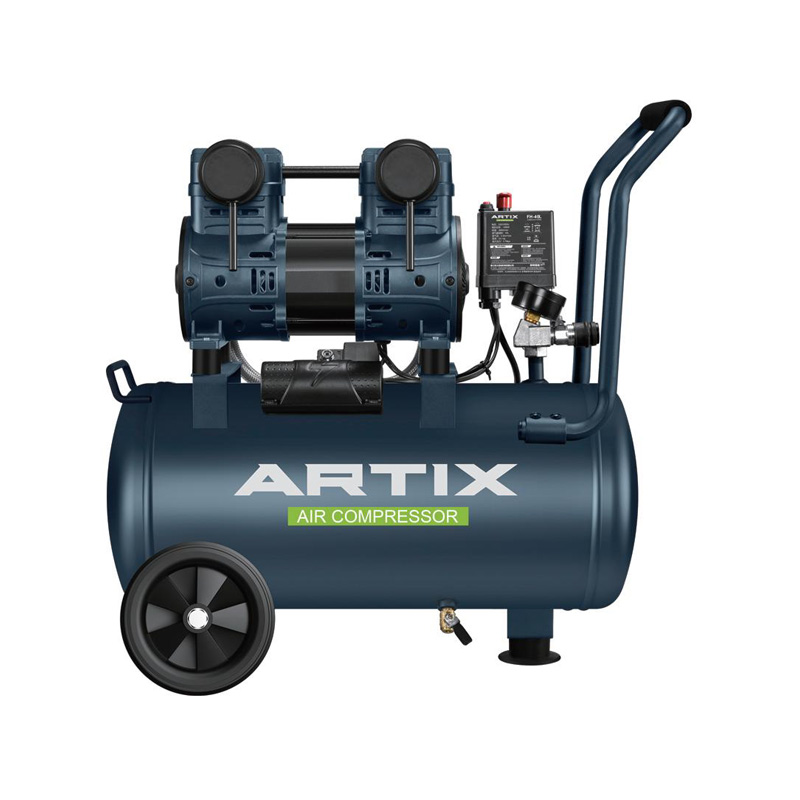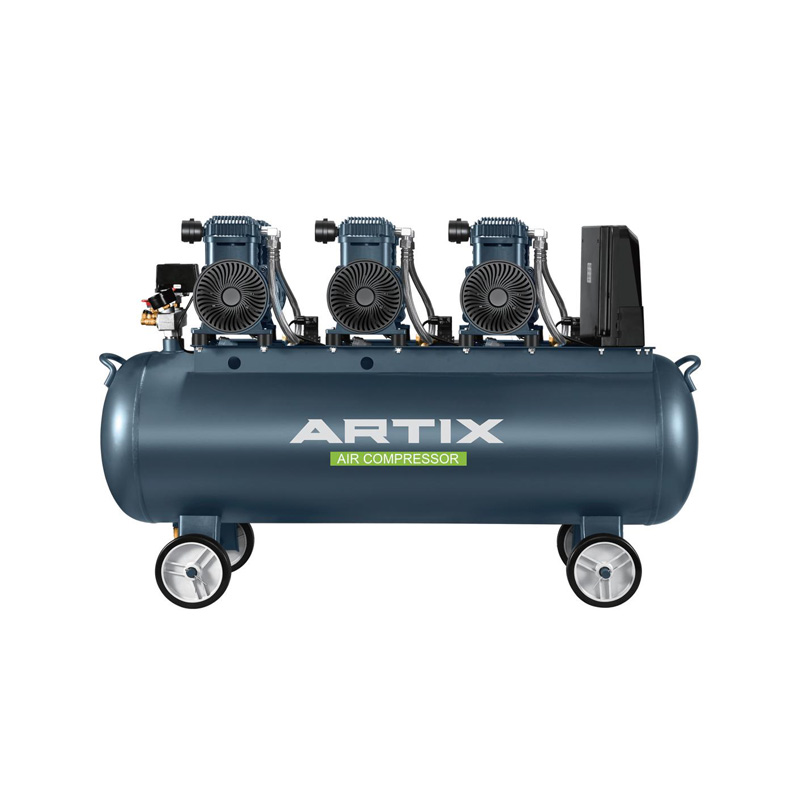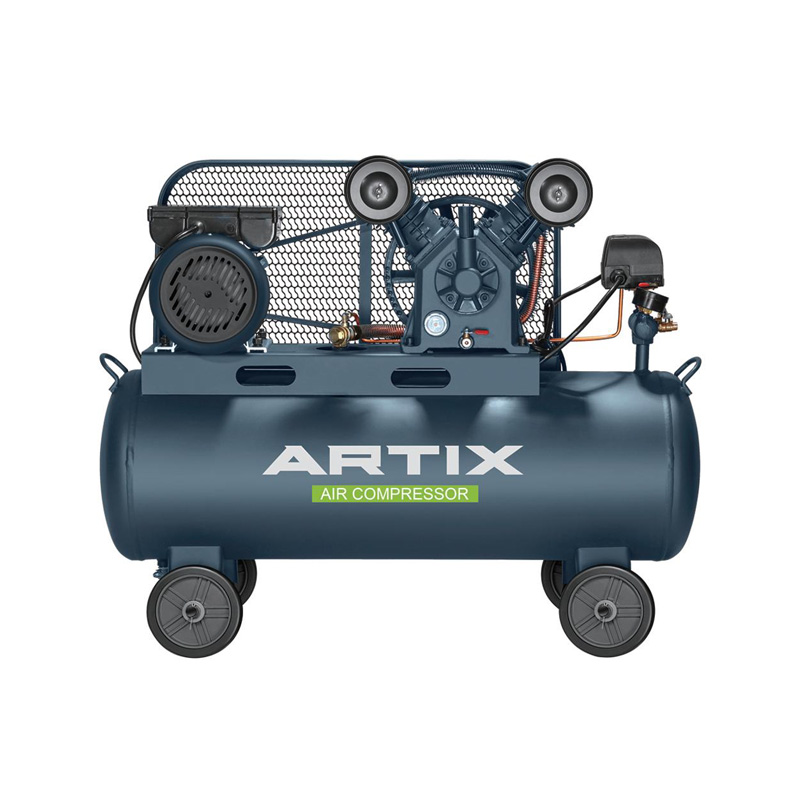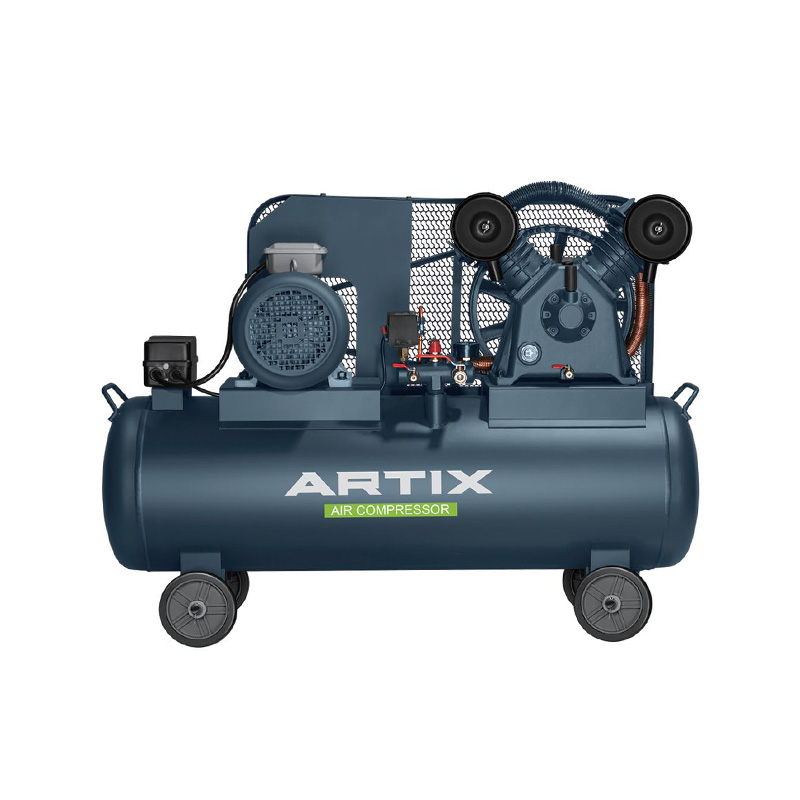In today’s industrial landscape, efficiency plays a vital role in every operation. Among various types of compressed air systems, both the Belt Driven Compressor and the Direct Drive Compressor are widely used. However, in many modern applications, the Direct Drive Compressor is becoming increasingly favored due to its practical benefits in consistent performance and energy transfer.
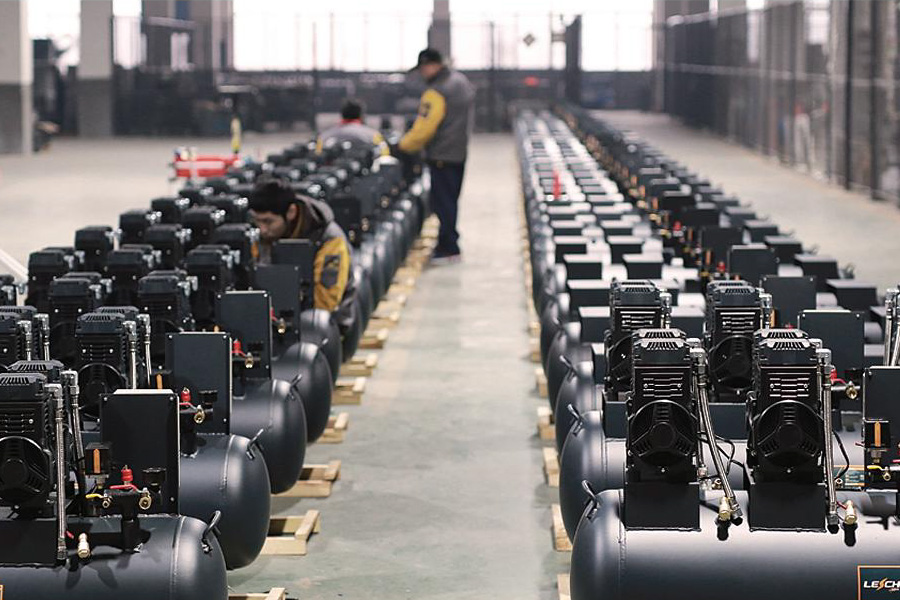
A Direct Drive Compressor is designed with a direct connection between the motor and the crankshaft of the pump. This configuration eliminates the need for pulleys and belts, reducing the number of moving parts. With fewer components subject to wear and tear, this type of compressor generally offers a more straightforward maintenance routine compared to its belt-driven counterpart. In facilities where downtime directly affects productivity, this can be a major advantage.
In contrast, the Belt Driven Compressor relies on a belt-and-pulley system to transmit power from the motor to the pump. While this offers flexibility in adjusting the operational speed, it introduces additional components that require regular inspection, tension adjustment, and eventual replacement. Still, the Belt Driven Compressor remains widely used for applications where variability in pressure and motor speed is necessary.
The Direct Drive Compressor is particularly well-suited to industries that demand continuous airflow with less interruption. Its consistent transmission of energy makes it ideal for manufacturing lines, packaging facilities, and other environments where stable pressure levels are critical. This direct coupling also less energy loss, contributing to a more efficient use of electrical power.
Although the Belt Driven Compressor is still a viable option, especially for workshops and facilities requiring adaptable configurations, its belt system can become a limitation in terms of maintenance and energy efficiency over long periods. On the other hand, the Direct Drive Compressor is engineered for simplicity, durability, and direct performance, reducing the need for mechanical adjustments and part replacements.
When selecting between a Belt Driven Compressor and a Direct Drive Compressor, the decision should consider the nature of the application. For example, in a factory with long operational hours and a constant need for compressed air, the Direct Drive Compressor offers a clear advantage by providing a stable airflow with less downtime. Its compact design also saves space, which is an important consideration for many modern industrial plants.
Another key factor is operational noise. In many cases, the Belt Driven Compressor can run more quietly at lower speeds, which makes it suitable for workspaces where sound control is a priority. However, advancements in noise-reduction technology are also being implemented in Direct Drive Compressor designs, making them increasingly suitable for environments where sound levels must be kept to a less.
From an installation and setup perspective, the Direct Drive Compressor typically requires fewer adjustments. The absence of belt tensioning means it can be installed quickly and with lower chances of performance variation. This can be particularly useful for companies setting up multiple compressor units or replacing older models in a short timeframe.
Both the Belt Driven Compressor and the Direct Drive Compressor serve important roles in industrial operations. However, for applications that demand long runtimes, consistent pressure, and less maintenance, the Direct Drive Compressor offers a practical and reliable solution.
By understanding the unique strengths of each system, businesses can choose the right equipment to support their production needs, ensuring smoother operations and reduced maintenance over time.


